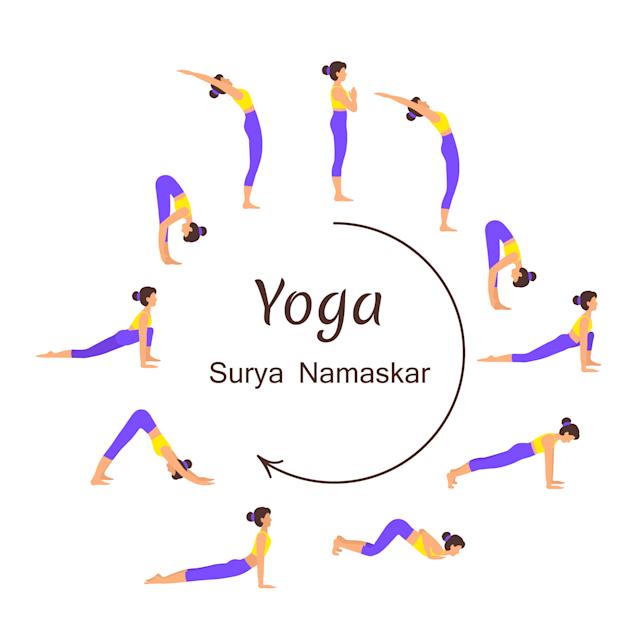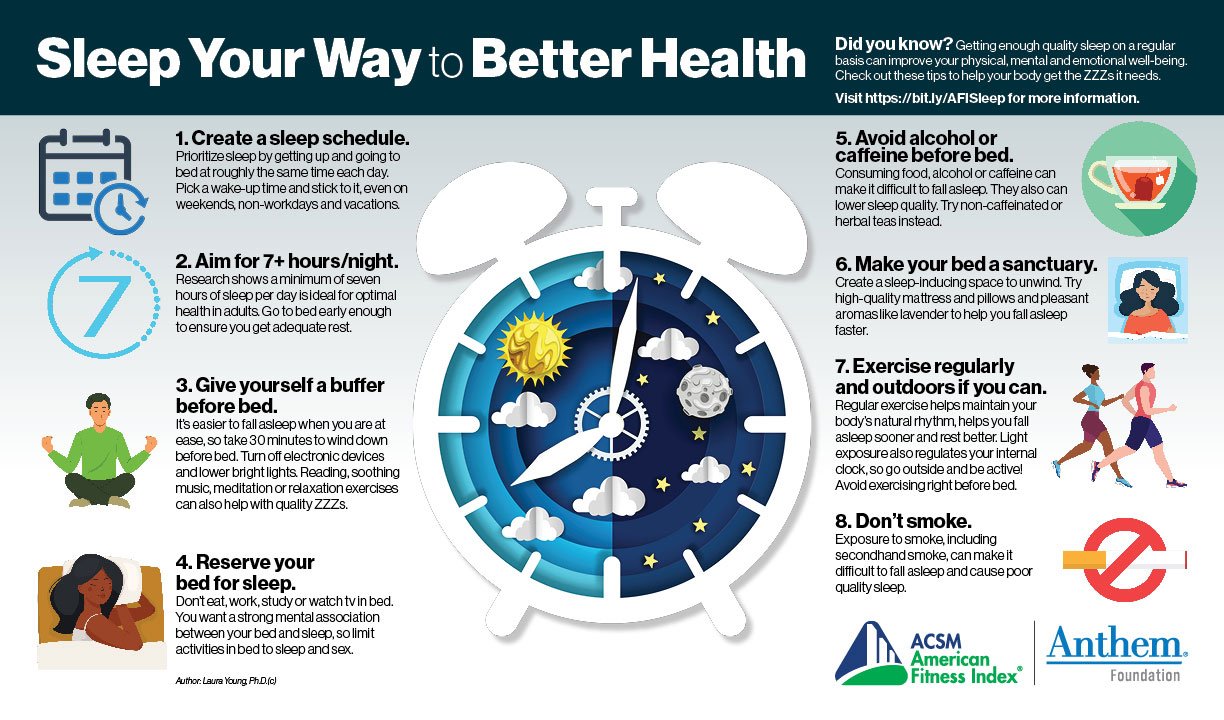
It is common for people to experience knee pain when practicing yoga. Although it may sound counterintuitive at first, it can be a very effective treatment for your specific condition. Outside Learn offers in-depth courses in yoga, nutrition and fitness. To find the best class for you, click on the links below. You can choose a class that is convenient for your schedule and levels of pain.
The butterfly pose is a popular yoga exercise for knee pain. The butterfly pose, which is a seated position, requires that the soles of your feet are together and the knees are bent wide. This is a great exercise to improve hip flexibility and your groin. To avoid further stress on the knees, you may choose to perform this exercise with slightly bent or straight legs. You should alternate sides if you feel discomfort.

The micro-bend in your knee is the key to making a yoga workout safe for your knees. This position prevents hyperextension and stimulates the muscles around your knee. It also increases strength and flexibility. Lunges can be a good yoga posture for knee pain. However, it is important to be gentle and allow your body to adjust. Yoga can not provide quick relief, but it can reduce pain and improve your joint health.
If you have knee pain, the best yoga pose for it is the kneeling pose. You can do it on towels, blankets, or blocks. You can hold the position by pulling your calf muscles forward and securing your hips between you ankles. Pull your buttocks flesh forward and up on your knees while you are in this position. Hold this position for five to 8 breaths. If you can, hold it longer.
A knee-healing exercise is one of the best ways for extending the knee. It can place a lot on the knees and strain ligaments. You should not do this pose if your knees are sensitive or you are experiencing joint pain. To get a correct diagnosis and treatment for any injuries you may have suffered in the past, please consult your doctor. Yoga is a great way to strengthen your knees and ease your pain.

Some types of yoga can cause knee pain. Although you should avoid yoga poses that put pressure on the knees, you can modify some of these poses to lessen the impact on your knees. You should use a yoga block to reduce pressure and pain on your knee. You can use the blocks to maintain balance in your pose. You can modify certain asanas to help you if your knee is injured. For any discomfort that may occur during yoga, consult a physician immediately.
FAQ
Do I need to exercise every morning?
No! You should do at least 30 mins of moderate-intensity activity 5 days per week. That means walking fast enough to be slightly out of breath or biking hard enough to sweat.
How fast can I transform myself?
You must change your mindset. It is important to first make the decision to change.
After you have made the decision to change, you should commit to working towards your fitness goals for at minimum 3 months.
Then you need to find a program that fits into your lifestyle.
Realistic expectations are also important. If you are unwilling to put in the time and effort necessary to achieve your goal, don't waste your money on a gym membership.
Instead, take advantage of your free time to exercise outside.
You can lose 1 lb if you walk around the block for one hour each day.
Once you know what your plan is, it's time to start organizing your life in accordance with this plan.
You should make sure you set aside time each morning to exercise and that you take breaks throughout your day to move.
It is important to reward yourself when you reach milestones. You can buy accessories and clothes that reflect your success.
Is cardio exercise good for your health or bad?
Cardiovascular exercise offers many benefits. It improves blood flow, strengthens your heart muscle and increases stamina.
Cardiovascular exercise includes running, biking, hiking, swimming, tennis, basketball, soccer, volleyball, football, etc.
Cardio exercises should not be done at high intensity. Doing this could lead to injury.
If you feel fine, only do the cardiovascular exercise.
You should never push yourself beyond your limits. This could lead to injury.
Cardiovascular exercise is best done warm-up first. Start slowly increasing your intensity.
Be aware of your body and listen to it. If you feel pain, stop doing cardio exercise immediately.
After a cardio workout, it is a good idea to take a break. This allows your muscles time to recover.
Cardiovascular exercise is an important part of losing weight.
This is the best way to lose weight and belly fat.
Is Cardio Better Than Strength Training?
Both are equally beneficial. But cardio is a much better choice if you want to gain muscles faster.
Cardio burns more calories per hour than strength training, and also burns more fat.
Although strength training can increase muscle mass, it is more difficult than cardio to do so.
Can I consume alcohol while working out?
Yes. Alcohol can increase energy expenditure, speed recovery time, and reduce soreness.
Additionally, alcohol can increase insulin sensitivity and make it easier to absorb glucose.
However, alcohol can lead to dehydration that can slow down your metabolism. You may also experience a reduction in testosterone production which can lead to decreased muscle-building potential.
For these reasons, women shouldn't drink alcoholic beverages before working out. Women who drink heavily should wait at least 24 hours between drinking and working out.
It is important that women who are nursing avoid alcohol.
Men should limit their intake to one drink per day.
Statistics
- According to the American Academy of Dermatology (AAD), men over 50 are at a heightened risk of developing it. (healthline.com)
- Get free shipping and 25% off today. (healthline.com)
- 10 pounds in a month is likely during a lean bulking phase, especially for beginners. (muscleandstrength.com)
- Candidates and applicants must pass all four tests at 70% (minimum level) to graduate from Basic Deputy U.S. Marshal (BDUSM) Training. (usmarshals.gov)
- According to the American Heart Association, blood pressure should be checked at least once every two years, beginning at age 20. (my.clevelandclinic.org)
External Links
How To
How can I burn fat and exercise?
Exercise can help you burn calories and increase your metabolism.
Moderate intensity exercise is a safe way to lose weight.
To burn fat while exercising, follow these tips:
-
Cardio exercises like walking, running (or jogging), swimming, cycling, running, and/or elliptical training are all good options.
-
You can exercise for 30 mins three times per week.
-
If you want to lose more weight, add strength training to your routine.
-
Avoid intense exercise. You can build muscle without having to lose muscle tissue.
-
When exercising, make sure to drink lots of water. Water flushes out toxins and helps keep the body hydrated.
-
After working out, make sure to drink low-fat proteins shakes. Protein shakes boost energy and repair muscle tissue.
-
You can eat smaller meals throughout the day so that you don't feel hungry in between meals.
-
Don't skip breakfast! Skipping breakfast can leave you feeling tired and sluggish.
-
Mental health is important. Stressful situations can affect your metabolism.
-
Keep a positive attitude. Studies show that people who believe they're overweight gain more weight than those who think they look pleasing.
-
Get enough sleep. It is harder to lose fat if you don't get enough sleep.
-
Stay active. Be sure to get up and move around every hour or two.
-
Maintain a healthy diet. Eat right to feel satisfied and full for longer.
-
Find ways to relax. An anxious mind won't allow your body release stress hormones, which can lead to the destruction of muscle tissue.
A balanced diet will provide all nutrients that are necessary for growth.
Six small meals per day is better than three large meals. This allows your body to properly digest what you have eaten.
To maintain strong bones, you need to consume 500 mg of calcium each day. Calcium is available in dairy products like milk, yogurt, fortified soy beverages, orange juice, cereal, bread, and cereals.
Calcium is found in leafy green vegetables and beans, tofu as well as nuts, seeds, cheese, and seeds.
Your body needs vitamin D to absorb calcium. Vitamin D can also be found in some fortified foods such as eggs, fish, and yolk.
Vitamin E is important for skin health. It can be found as a vegetable oil, wheat germ, peanuts or almonds.
Your body requires zinc for normal immune function and wound healing. Zinc is found in oysters, legumes, meats, whole grains, and seafood.
Zinc deficiency could cause fatigue, nausea, vomiting, and depression.
Consuming too much sugar can cause insulin resistance. This causes an increase in blood glucose levels. Insulin resistance causes weight gain.
When there is a high level of free radicals, insulin resistance can develop. Free radicals are molecules containing unpaired electrons which cause damage to cells membranes.
The main sources of free radicals are food additives.
Free radical damage can cause cancer, heart disease and diabetes, as well as arthritis, asthma, and other diseases.
A well-balanced diet rich in antioxidants is the best way for you to avoid free radical damage. Antioxidants protect against oxidative damage.
Vitamin C (found on citrus fruits), Beta carotene, found in carrots and sweet potatoes, spinach and broccoli, cantaloupe (found in tomatoes, mangoes and peppers), and Vitamin E (found nuts, olive oil and avocados).
Additional antioxidant nutrients include selenium and copper, manganese and zinc.
Selenium protects cells against oxidative damage from free radicals. Selenium can be found in Brazil nuts and liver, kidneys, liver, kidneys, shrimp, cod, turkey and lamb as well as chicken.
Copper protects the brain, eyes, lungs, and red blood cells. Copper is found in shellfishes, poultry, meat, organ meats, and other foods.
Manganese plays an important role in bone structure. Manganese may be found in brown rice or spinach, bananas and prunes as well raisins, oatmeal and lentils.
Zinc is essential for normal growth, reproduction, wound healing, and average growth. Zn can also be found in white fish, lean cuts of meat, poultry, and eggs.